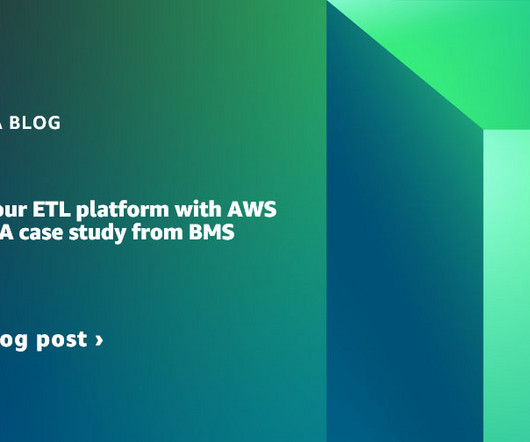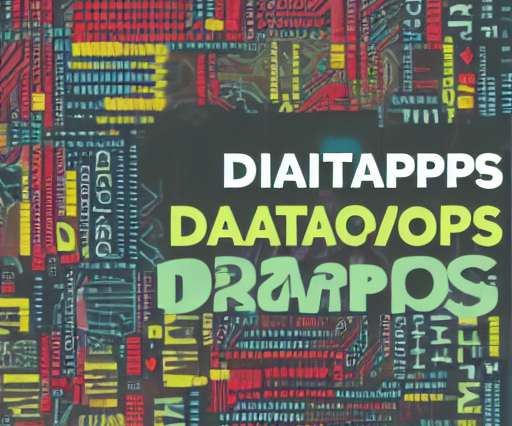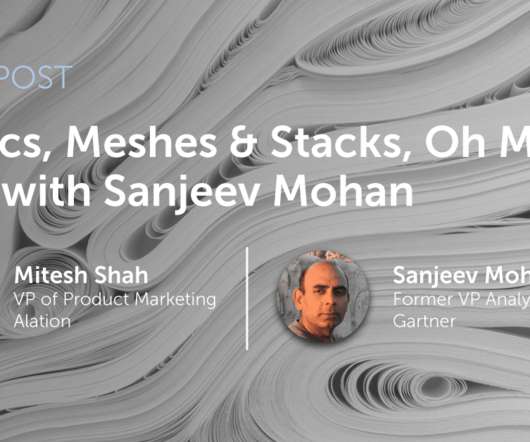As insurers look to be more agile, data mesh strategies take centerstage
CIO Business Intelligence
MARCH 4, 2024
Harmonizing these data sets with centralized enterprise data faces increasing challenges as shifts to data definitions, schema, and architecture require constant central data team efforts. These domain data leaders often cite the diminishing returns and significant effort of central data team engagement.

















Let's personalize your content